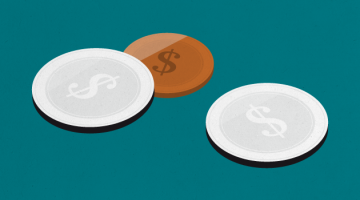Open Science Must Be Promoted by All Means Necessary
Finland aiming to have open access to all scientific publications by 2020.
Send us a link
Finland aiming to have open access to all scientific publications by 2020.
A graph shows the dramatic rise of open access mega-journals such as Plos One, which offer to publish papers based on their scientific soundness rather than the significance or novelty of the results, and which accept research across a broad range of disciplines.
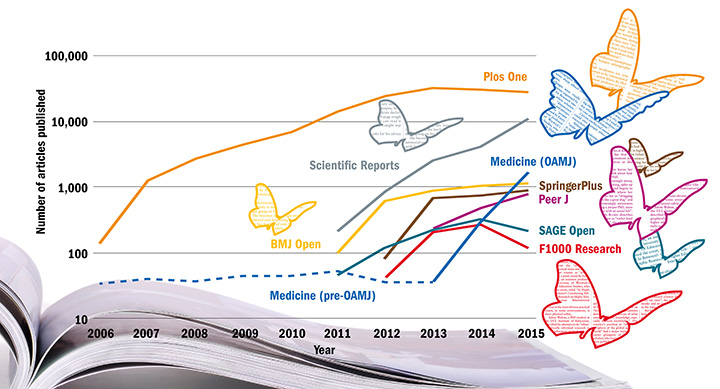
A free and open tool for collaborative editing, instant publishing, continuous review, and grassroots journals. PubPub is supported and advised by many MIT Media Lab professors, students, and friends.
A market place for scientific and scholarly journals which publish articles in open access. Quality scoring of the journals in QOAM is based on academic crowd sourcing; price information includes institutional licensed pricing.
The quality of scientific publications will benefit from a revolution in the peer review models.

On behalf of UK institutions, Jisc Collections has signed an agreement with Elsevier, covering access to research publications. The five-year, opt-in agreement offers subscription access to around 2,116 journals on Elsevier’s ScienceDirect online platform.

While the total output of the eleven open-access mega-journals grew by 14.9% between 2014 and 2015, this growth is largely attributable to the increased output of Scientific Reports and Medicine.
The first articles have gone live on Wellcome Open Research; 15 of them in total, with more submissions in the pipeline.
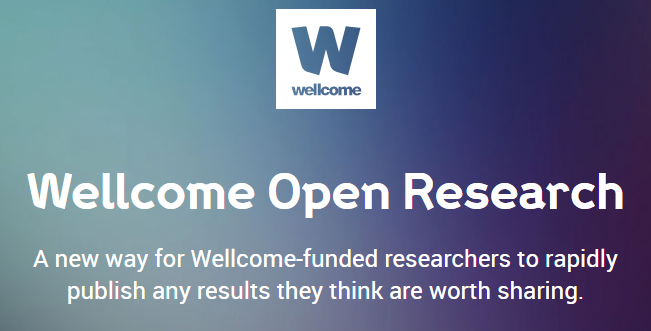
The World Intellectual Property Organization today announced its new Open Access policy to promote the widest possible public access to its publications, furthering the Organization’s commitment to the dissemination and sharing of knowledge.

While deceptive publishing remains an ongoing issue, particularly in the developing world, increasing public engagement, development of OA policies, and discussion of sustainable and ethical publishing practices can remove this potential threat.
The Winnower will power a range of publishing services for researchers who are writing on Authorea.
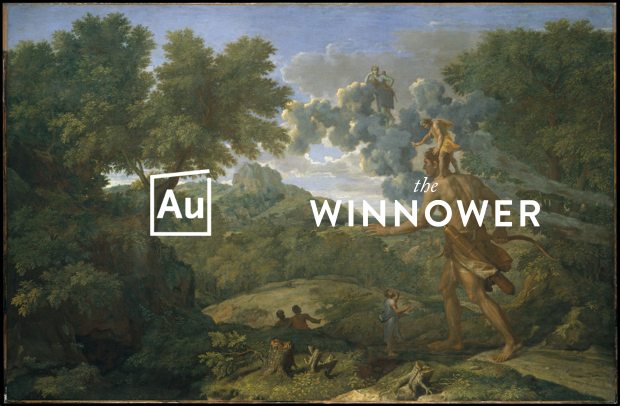
The knowledge that we produce in our publicly funded works belongs to humankind and must not be locked up behind pay-walls— newly submitted papers should be open-access and older ones open-archive.

5-year subscription access to around 1,850 journals on Elsevier’s ScienceDirect e-platform.
Articles published open access are cited more often than articles that are not. End of Story.
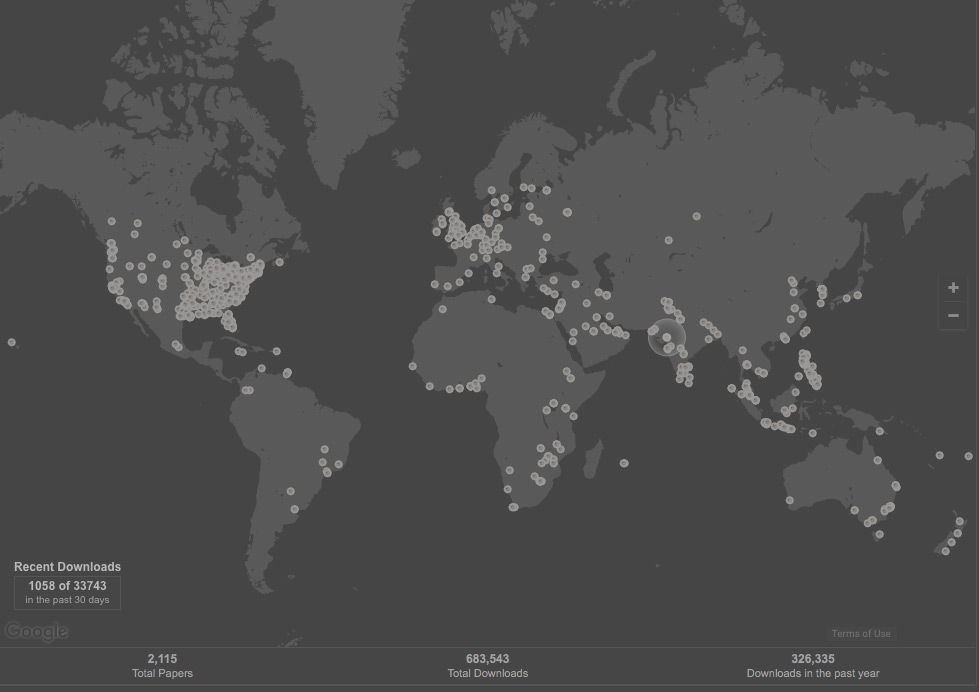
A free, open source, preprints repository, api, and aggregator for arXiv, PeerJ, Research Papers in Economics, PsyArXiv, SocArXiv, engrXiv, and others.

Program of OpenCon 2016, a platform for the next generation to learn about Open Access, Open Education, and Open Data, develop critical skills, and catalyze action toward a more open system for sharing the world’s information. Held in Washington, DC on November 12-14, 2016.
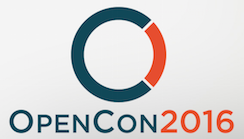
When we pay for federally funded research, we should be allowed to read it. That’s the simple premise of FASTR, the Fair Access to Science and Technology Research Act.

How can more scholars and journals embrace preprints to make research freely accessible? This slideshow co-created by Scholastica and Authorea addresses this question and more.
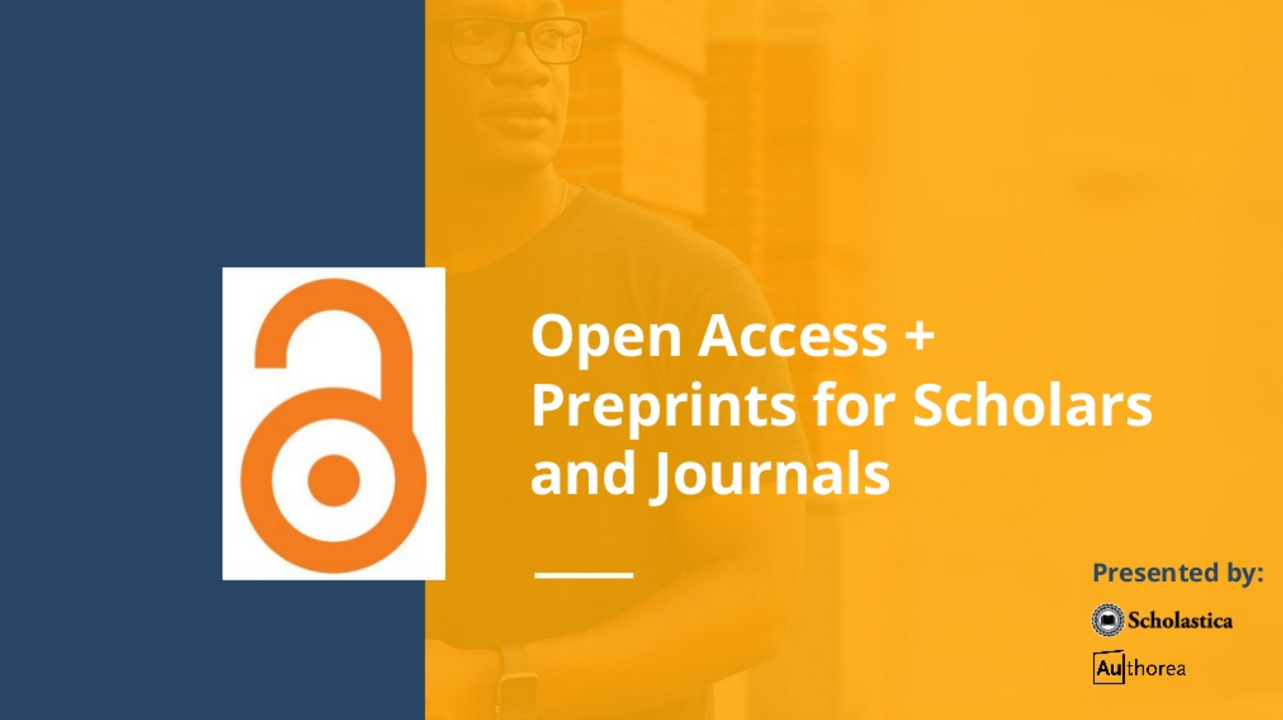
Significant strides in improving public access to scholarly publications and digital data help usher in an era of open science.

Over a decade has passed since the Budapest Open Access Initiative and the Berlin Declaration on Open Access. A bystander could be forgiven for thinking that the level of discussion and the apparent differences in position across higher education institutions, publishing houses, laboratories, conference halls, funder headquarters, and government buildings must mean that progress has been limited.

While the practice of preprinting in the life sciences is not completely new, it has grown dramatically over the past few years.
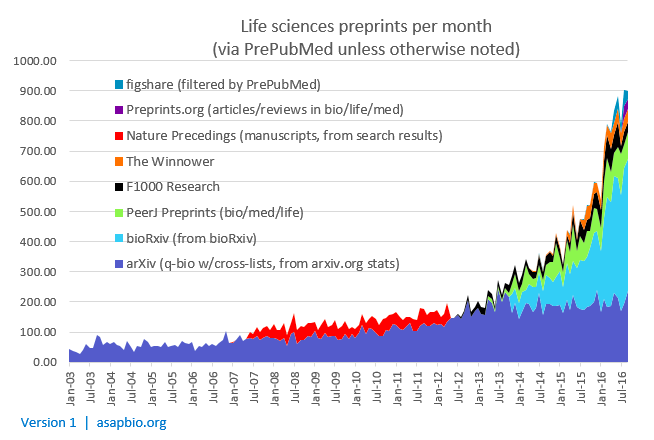
oaDOI is an alternative DOI resolver that gets free fulltext where available, instead of just an article landing page.
ScienceOpen partners with the Open Library of Humanities to open up the context of HSS research

Speech by EU Commissioner C. Moedas at the Frankfurt Book Fair

Are the Article Processing Charge (APC) levels set for high-end OA journals too low to be sustainable?

The open-access journal eLife is dropping one of its most distinctive features: free publishing. From 2017, it will charge a fee of $2,500 for all accepted papers.
